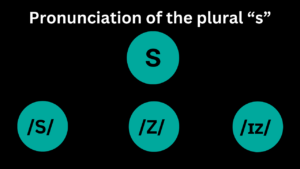
1. Introduction:
When it comes to persuasive writing, argumentative paragraphs play a crucial role in presenting a well-structured case. Writing an effective argumentative paragraph requires careful consideration of its constituents. This article, ‘How To Write An Argumentative Paragraph’ will explore the essential elements that make up a strong argumentative paragraph, along with tips for logical transitions.
2. Main Components Of A Paragraph
Here are the elements that should make an argumentative paragraph:
a. Clear and Focused Topic Sentence:
At the heart of every argumentative paragraph lies a clear and focused topic sentence. This sentence acts as a roadmap and summary of the paragraph, guiding readers and informing them about the main idea or point of view to be discussed. To optimize your paragraph for a good reading experience, make sure that your topic sentence contains relevant keywords that align with your overall article.
b. Supporting Evidence and Examples:
To substantiate your argument, it is essential to provide strong evidence and examples. These elements add weight to your claims and help convince your audience. When selecting evidence, opt for reliable sources such as scholarly articles, studies, or expert opinions. Incorporating specific examples and statistics can further enhance your argument’s credibility and make it more engaging for readers.
c. Counterarguments and Rebuttal:
Addressing counterarguments is a mark of a strong argumentative paragraph. Anticipating and acknowledging opposing viewpoints not only demonstrates your understanding of the topic but also strengthens your argument. By respectfully refuting counterarguments, you establish your credibility and convince readers of the validity of your position. Including points and opinions related to your opponents can attract a wider range of readers searching for different perspectives.
d. Logical Transition:
Smooth and logical transitions are vital for maintaining the flow of your argumentative paragraph. These transitions help guide readers from one point to the next, ensuring a coherent and cohesive reading experience.
e. Concluding Sentence:
The concluding sentence provides closure to your argumentative paragraph. It should summarize the main points discussed while leaving a lasting impression on the reader. To optimize your paragraph for a good reading experience, consider incorporating keywords related to your topic within the concluding sentence. This will help readers keep a good impression of your content.
3. Conclusion:
Writing an effective argumentative paragraph involves carefully considering its constituents. By including the key elements outlined in this article (a clear topic sentence, supporting evidence, counterarguments and rebuttal, logical transitions, and an impressive concluding sentence), you can create persuasive paragraphs. Remember to strike a balance between informative and well-structured content to ensure your work makes a lasting impact.






